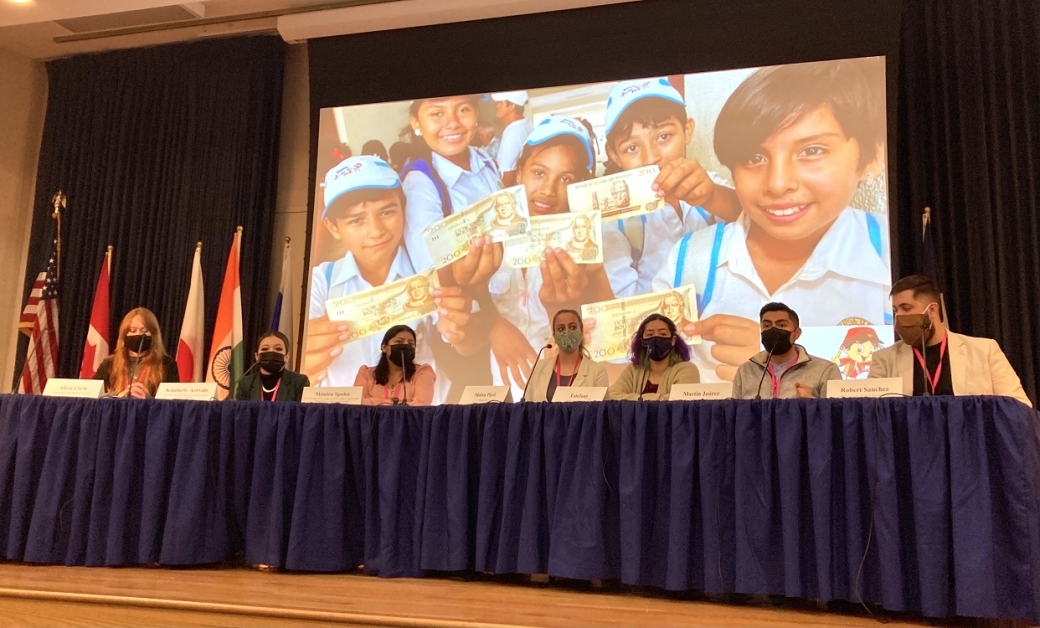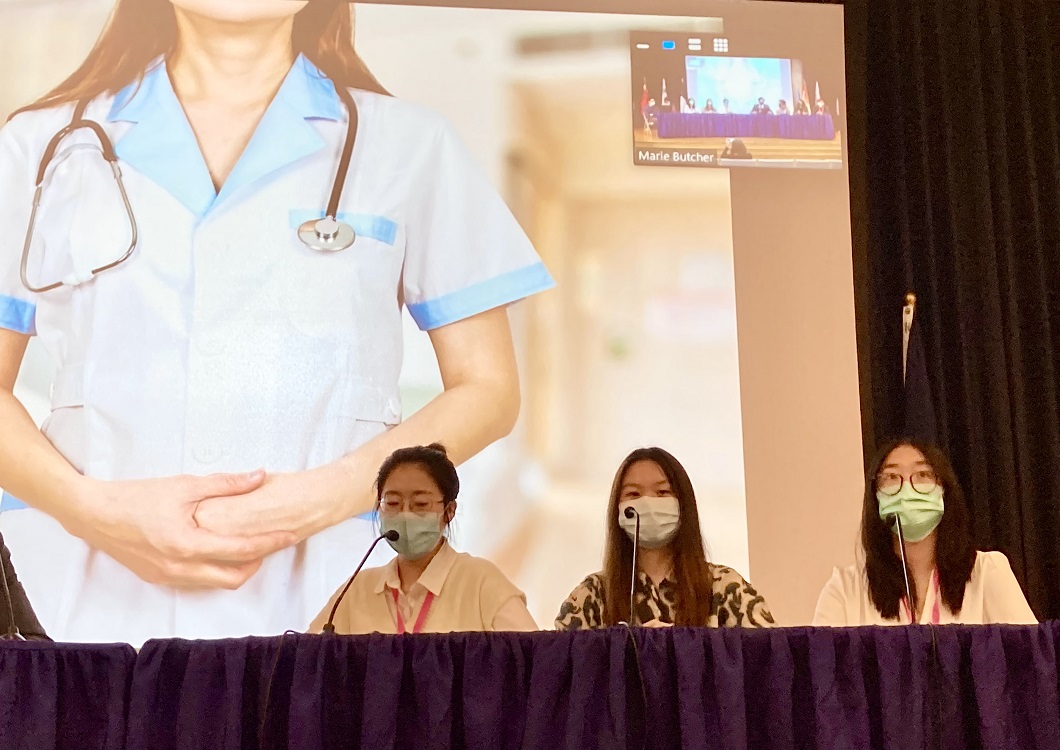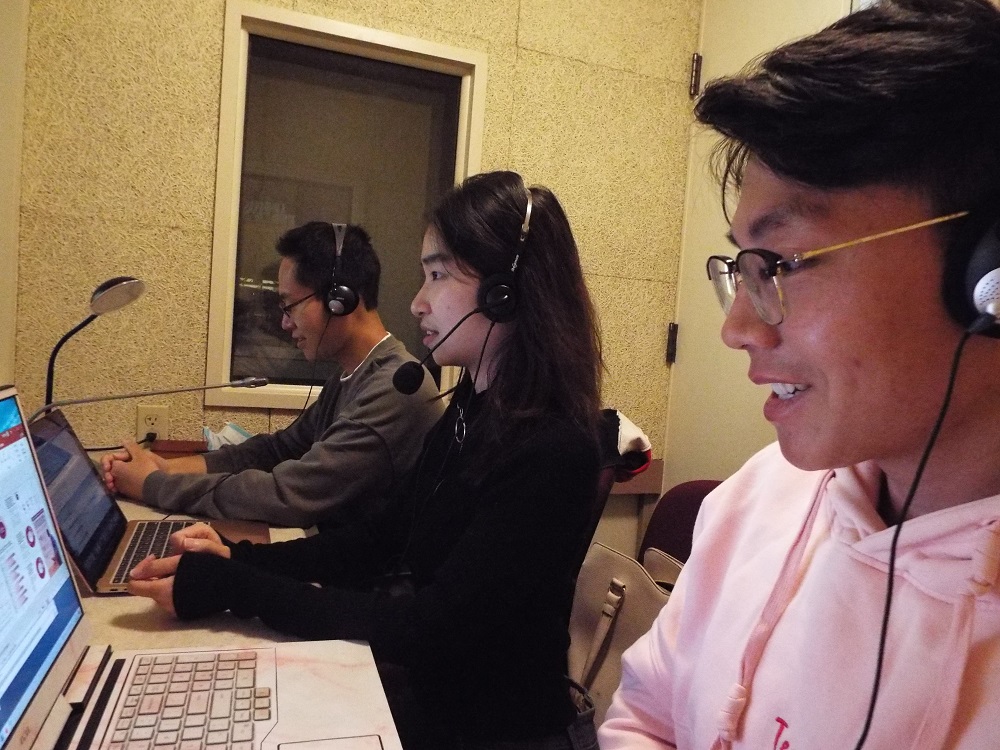Middlebury Institute Community Mourns the Loss of Professor Emerita Jan Knippers Black, Beloved Mentor to Generations of Students
| by Jason Warburg
Dr. Jan Knippers Black, professor emerita and a well-known Latin America scholar and human rights activist, passed away at home in Monterey on Sunday. She will be missed deeply by colleagues and friends, as well as the generations of MIIS students whom she mentored.






